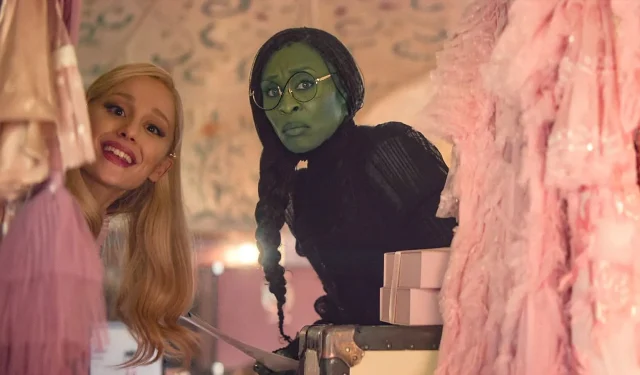
Wicked has quickly become one of the standout films of 2024, narrating the compelling journey of Elphaba, a student in the enchanting realm of Oz who ultimately transforms into the notorious Wicked Witch of the West—the primary antagonist in the classic film, The Wizard of Oz. Since its release, Wicked has garnered rave reviews and shattered box office records, affirming its position as one of the highest-grossing films of the year. Notably, this film is only the first part of a much larger narrative, with an eagerly anticipated sequel set to complete the story.
Numerous intriguing paths await in the sequel, with various plot threads woven into the fabric of the first installment. The film adeptly marks a dividing line in its narrative, coinciding with the transition between Act 1 and Act 2 of the original Wicked musical. An especially clever moment occurs at the film’s conclusion, where one line subtly hints at this pivotal break. While it may not be explicitly stated, this line serves as a creative nod to the project being a two-part cinematic experience.
Clever Reference from Dr. Dillamond on the Film’s Two-Part Structure
Line Delivered to Characters and Audience Alike
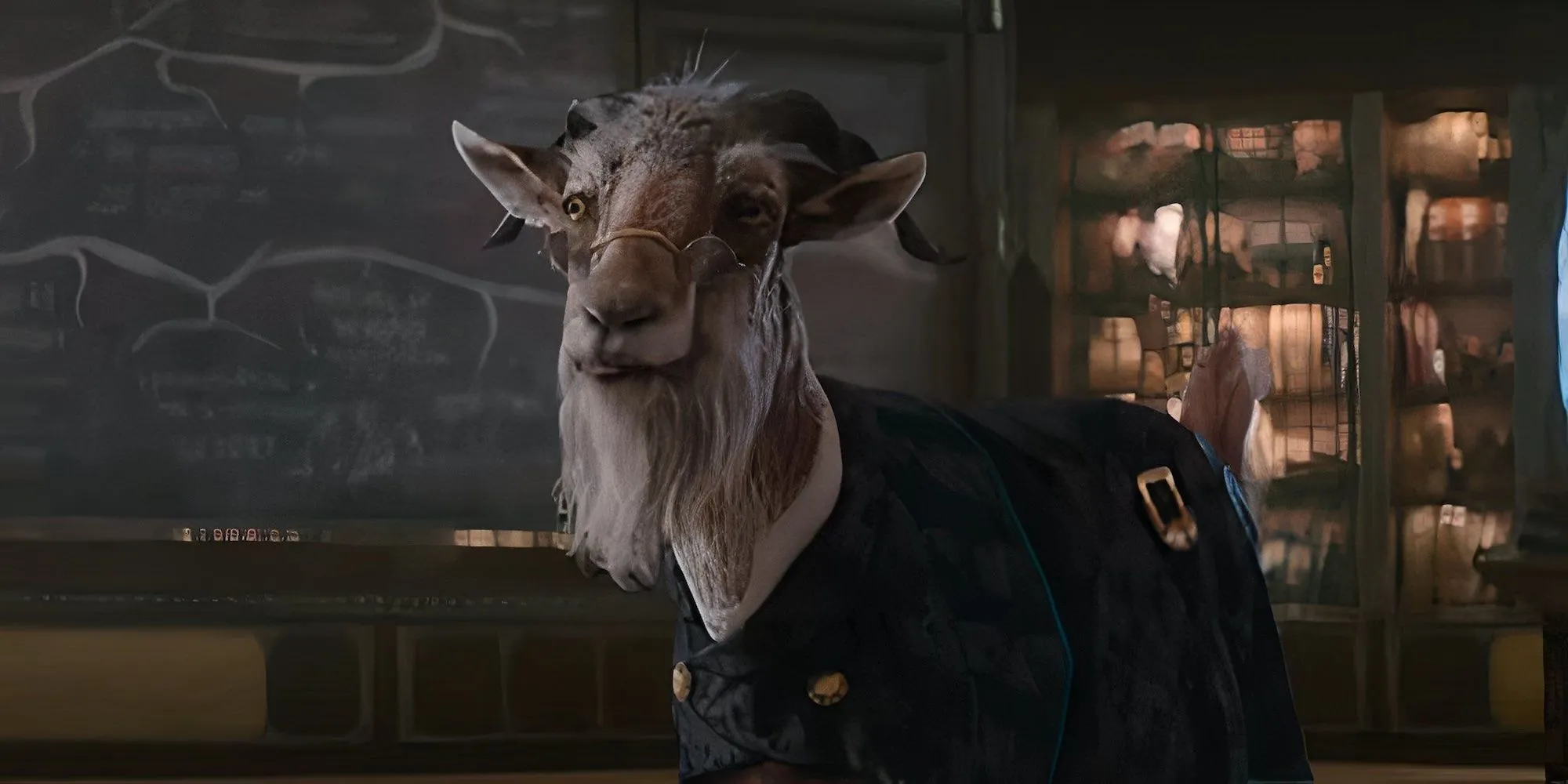
During a crucial scene where Dr. Dillamond is forcibly removed from his classroom, he exclaims, “You’re not being told the whole story,”just before the door slams shut. This line serves as a dual reference; on the surface, it alludes to the animal rights narrative within Wicked, suggesting that the students are only receiving a sanitized version of the truth, tailored by the Wizard. However, upon deeper reflection, it also implies that the film’s narrative is incomplete, hinting that further revelations will unfold in the forthcoming sequel.
The Advantage of Splitting the Musical into Two Films
A Richer Storytelling Experience with Extended Runtime
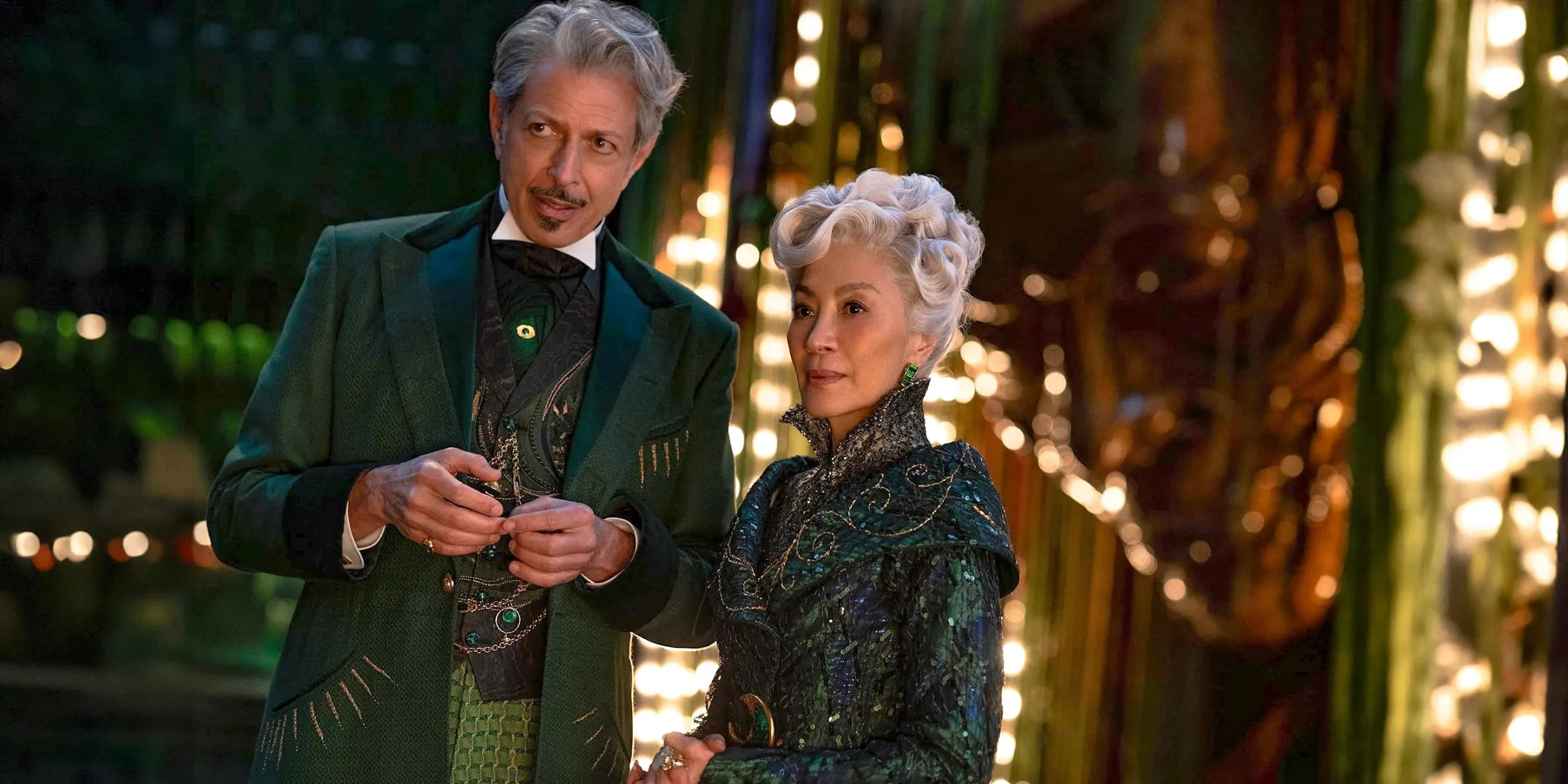
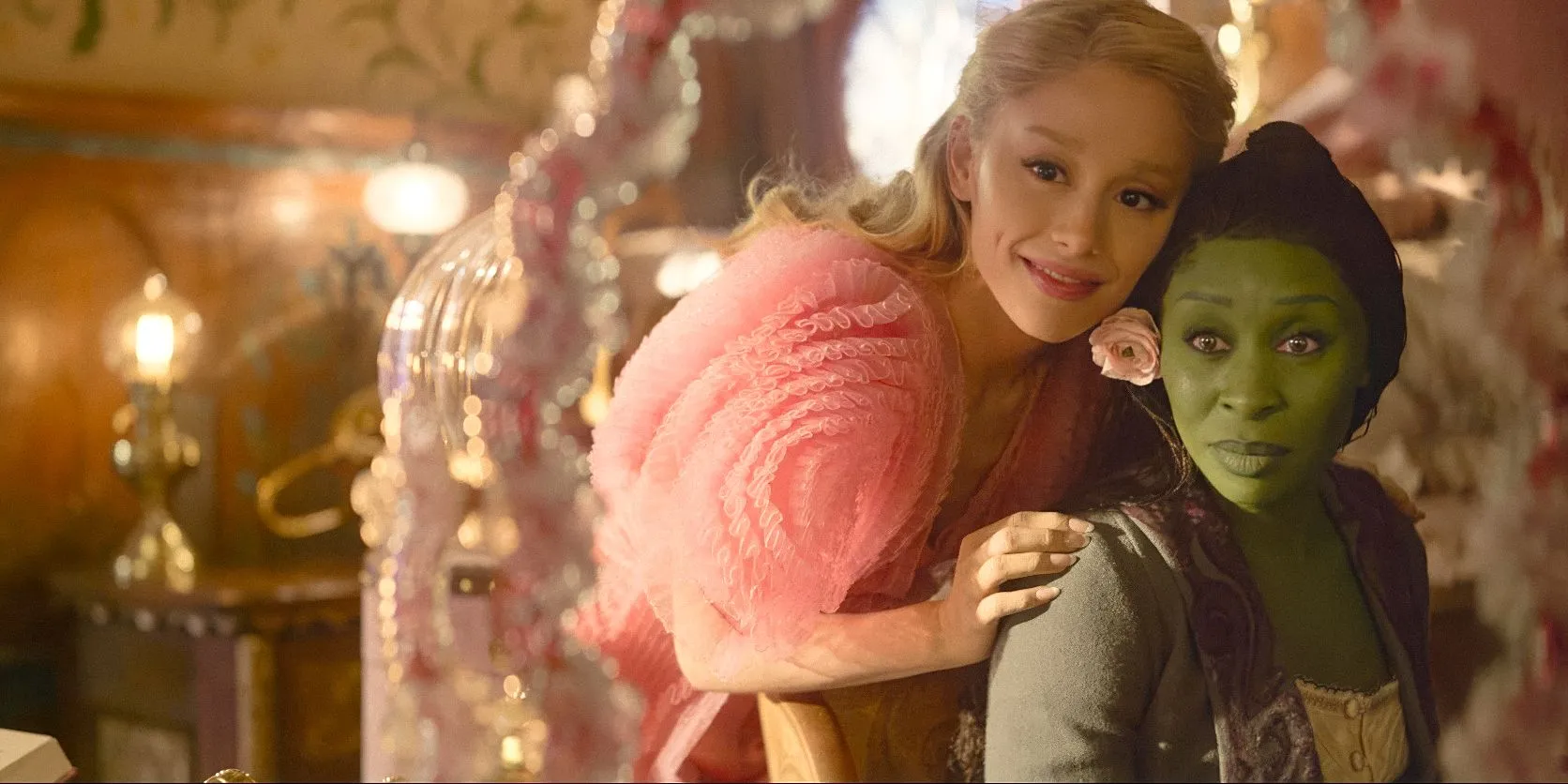
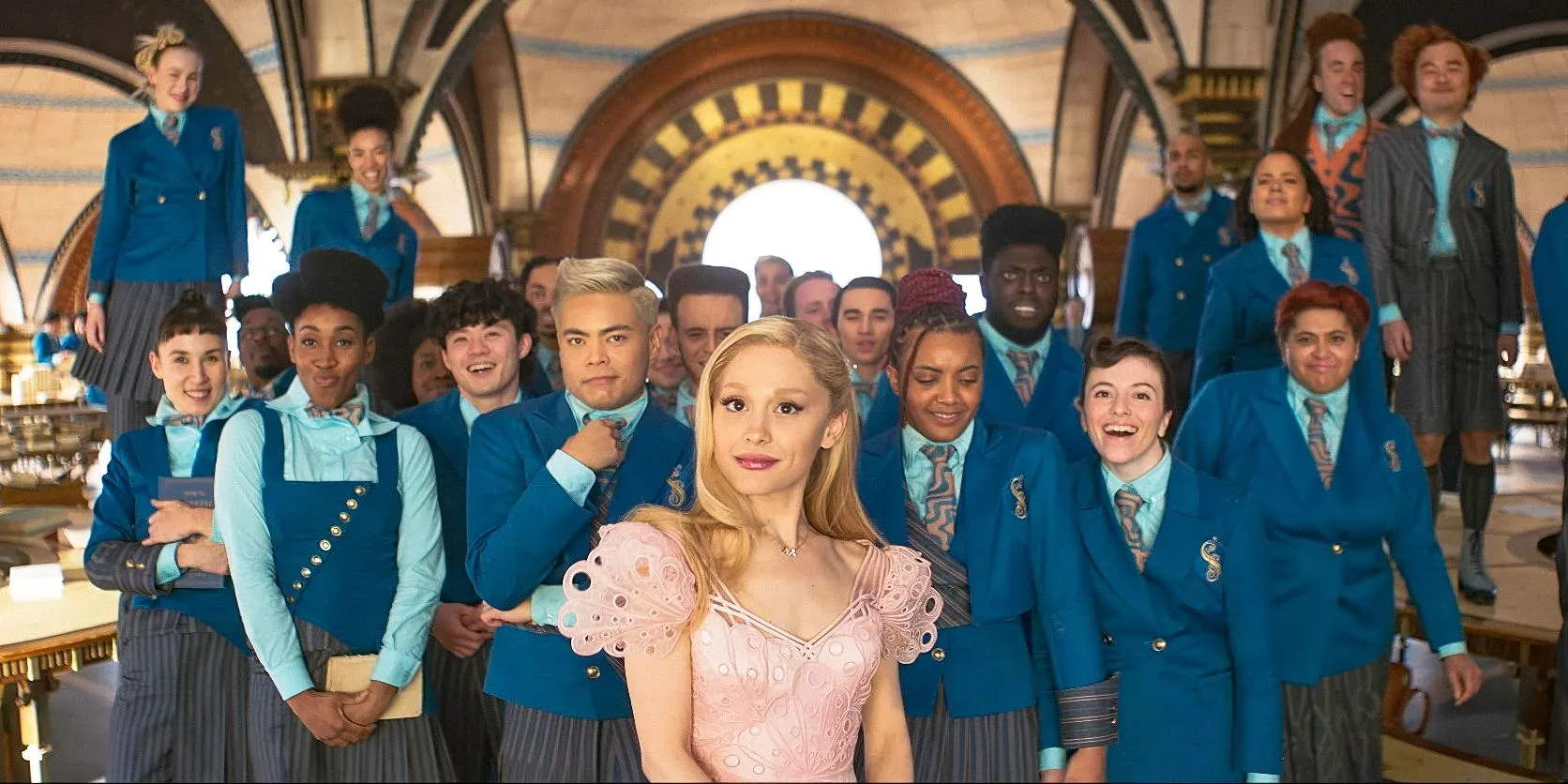
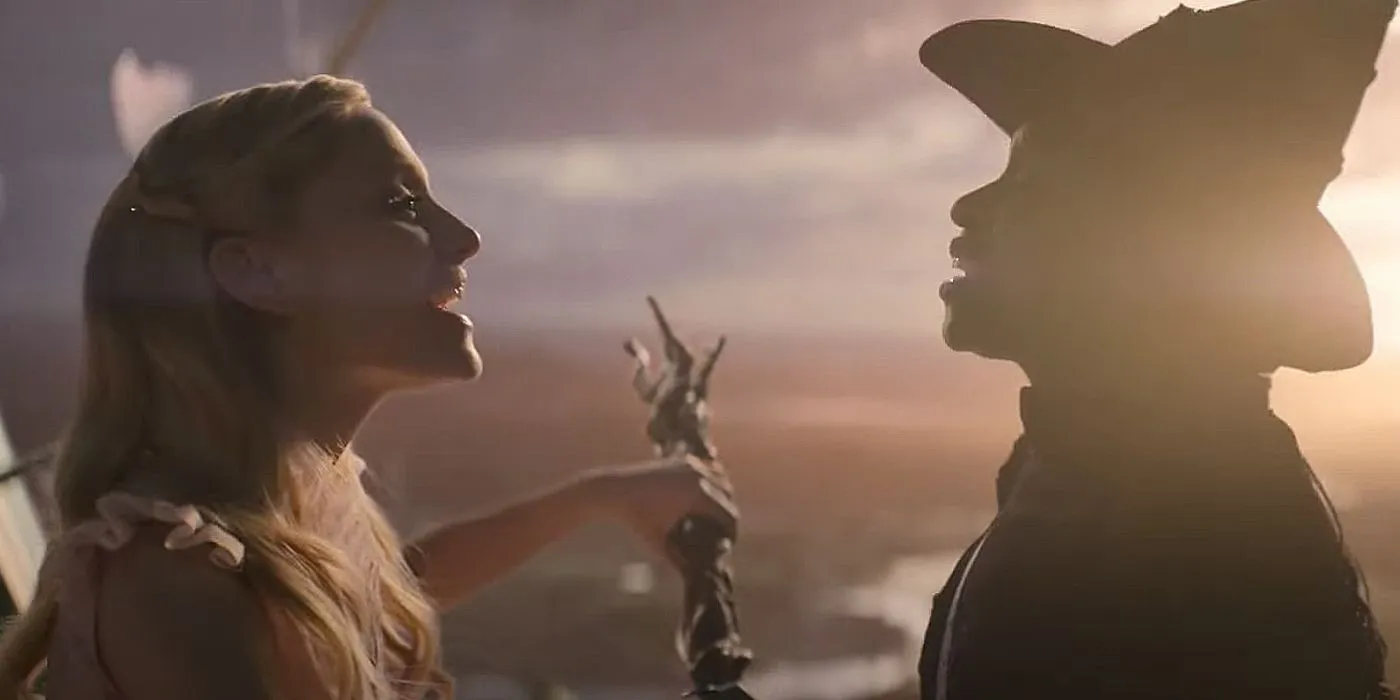

The cinematic adaptation of Wicked is significantly longer than its stage counterpart, expected to run nearly twice as long as the original musical. The runtime of the first part alone mirrors that of the entire stage production, clocking in at approximately two and a half hours. While this extended length might seem excessive to some, it has proven highly beneficial, enabling the film to not only include every song from the musical but also to delve deeper into its intricate story arcs.
This prolonged format enhances the development of supporting characters such as Madame Morrible and Dr. Dillamond, enriching their narratives beyond their original stage portrayals. Furthermore, the decision to split the story into two films has allowed for a more thorough adaptation suitable for film, where audience expectations diverge significantly from those of a live theater performance. A one-to-one translation of the original could have resulted in a hurried and underdeveloped narrative—a scenario that would do a disservice to the beloved source material.




Leave a Reply ▼